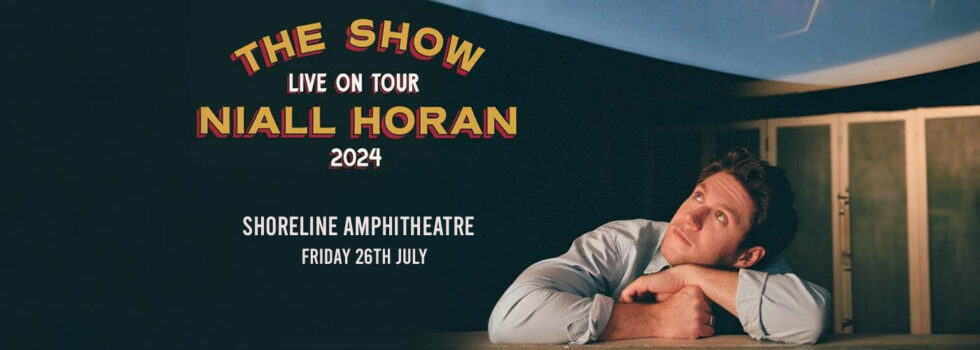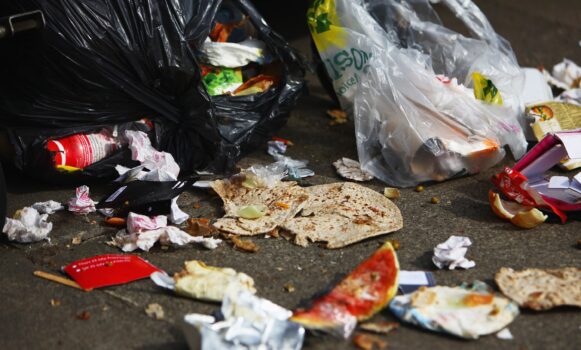Fake Glasses Leads To Eye Damage For Solar Eclipse Viewer
Doctors were afraid it was going to happen…and a report finally came out. Doctors believed that the eclipse glasses she used were not up to international safety standards.
By Admin on December 8, 2017
Doctors were afraid it was going to happen…and a report finally came out.
Nia Payne of New York looked at August’s total solar eclipse through unregulated eclipse glasses and ended up in the emergency room with a crescent-shaped spot obscuring much of her vision.
Eclipse viewers had been warned to view the event only through special glasses: “Filters that meet the ISO 12312-2 standard reduce the sun’s brightness to a safe and comfortable level, like that of a full moon, and block harmful ultraviolet and infrared radiation as well,” Rick Fienberg of the American Astronomical Society said at the time. “Solar filters that meet this standard are about 100,000 times darker than ordinary sunglasses, and sunglasses don’t block infrared radiation.”
Because the special glasses were in high demand, Payne didn’t have a pair.
Payne was at her boyfriend’s workplace to view the special event. When she realized she couldn’t stare at the eclipse for more than 5 seconds, she asked a lady if she could borrow her glasses to view the event.
he woman did not appear interested in viewing the eclipse and said she was “blind as a bat anyway.” She told Payne she had borrowed them from a friend and agreed to let Payne use them.
Hours later, Payne noticed a dark spot in her vision. Despite what people told her, the spot didn’t disappear after a day.
She was later found to have solar retinopathy, or, retinal damage from solar radiation in both eyes, though the damage was worst in her left.
Retinopathy is permanent and untreatable. Damage can improve or worsen over time. Doctors said the damage to Payne’s eyes likely occurred as she looked through the glasses, which they presumed to be short of international safety standards.
Doctors believed that the eclipse glasses Payne used were not up to international safety standards. The American Astronomical Society had warned that it had received alarming reports of potentially unsafe eclipse glasses “flooding the market.” Some bore a fake stamp to claim that the filters met the ISO 12312-2 standard.
















